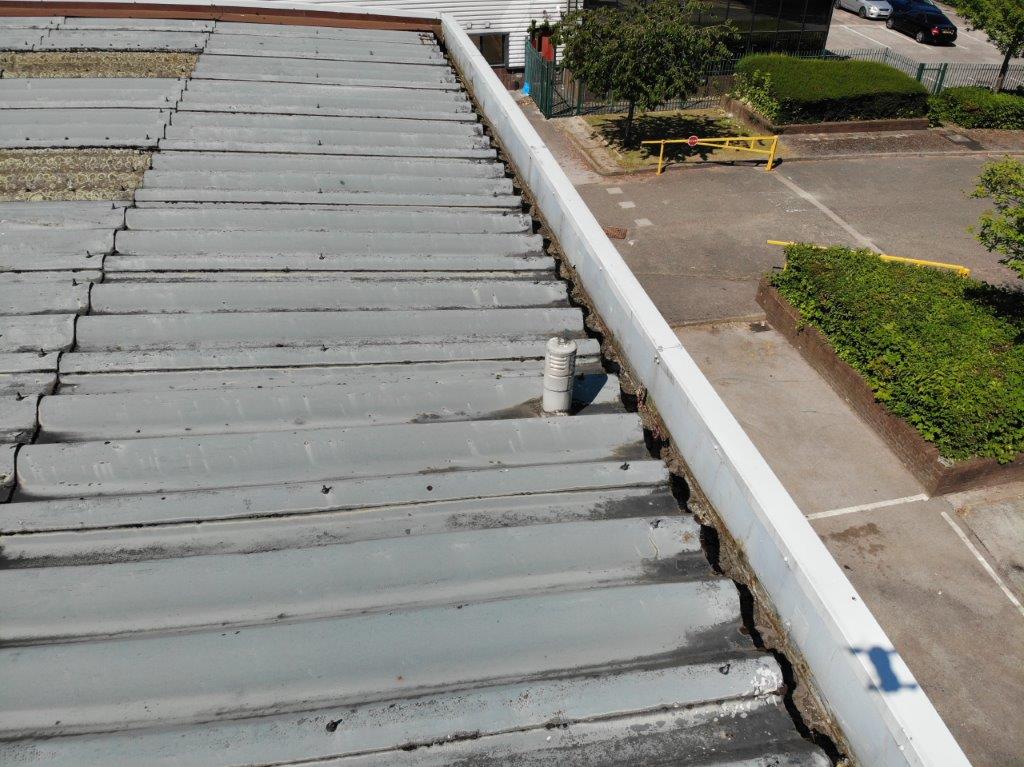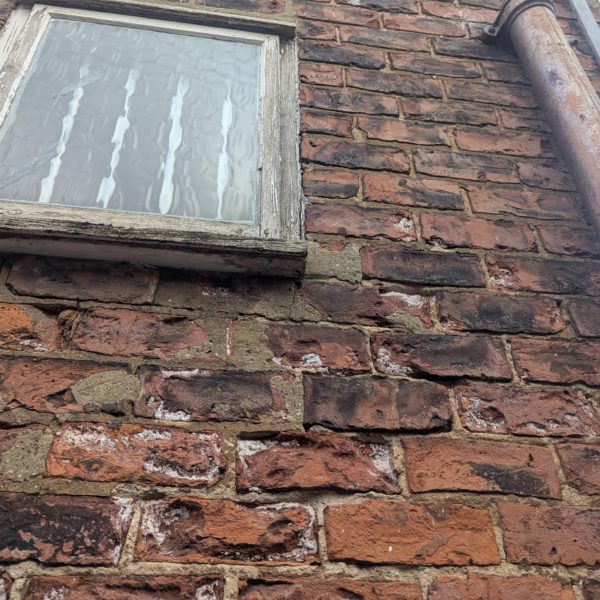Introduction
As chartered building surveyor specialising in dilapidations across the UK, we frequently encounter tenants facing expensive surprises when lease terms end. However, with early planning, professional advice, and strategic actions, you can significantly reduce, or even avoid, dilapidations claims. This guide outlines the top five proactive measures every commercial tenant should take.
Speak to a member of the team
1. Record Property Condition Early
One of the simplest yet most effective defences is to document the property’s condition before you move in—ideally through a professionally prepared Schedule of Condition that includes annotated photographs or video. This helps exclude liability for pre-existing defects and sets a clear baseline for future disputes
2. Maintain the Property Diligently
Routine maintenance isn’t just good practice, it’s a legal safeguard. Tenants who proactively address minor wear and tear can avoid escalation into major dilapidations issues. Establishing an ongoing maintenance programme significantly mitigates end-of-lease repair costs.
3. Review and Plan Ahead of Lease Expiry
Don’t leave exit planning to the eleventh hour. Ideally, consult a dilapidations surveyor approximately three years before lease expiry. This early assessment helps you identify potential liabilities and budget accordingly—giving you time to negotiate or complete works cost-effectively
4. Respond Strategically When Served a Claim
If you receive a Schedule of Dilapidations, here’s how you should proceed:
- Act quickly: There are strict rules in place regarding timescales for responses and how negotiation is dealt with, which if you do not follow, could reduce your ability to negotiate later on or risk court action.
- Review the lease: Confirm whether each item aligns with your obligations.
- Gather evidence: Photographs, maintenance logs, and professional reports all support your case.
- Engage a specialist: A chartered dilapidations surveyor can prepare a responsive counter-schedule and negotiate on your behalf
5. Understand the Impact of Alterations and Fit-Outs
One area often missed by tenants, and rarely covered in blogs, is the reinstatement obligation tied to tenant alterations. Even minor modifications (e.g., partitions, signage, lighting) can trigger reinstatement requirements.
- Check for clauses requiring the premises to be returned to “original state” or “as let” condition
- Document all permissions and approvals from the landlord for alterations
- Budget for strip-out costs well before lease expiry
Fit-outs done without formal consent are especially risky, they can not only require reinstatement but may invalidate other defences in dilapidations negotiations.
Get professional adviceDon’t Rely on Verbal Agreements
Verbal agreements made during lease negotiations, such as “don’t worry about those cracks” are legally unenforceable unless included in the lease or in written side agreements. Ensure all communications, especially concerning repair responsibilities or lease modifications, are recorded in writing and stored for reference.

Conclusion
Dilapidations claims can be financially daunting, but they’re manageable with a proactive strategy. Here’s a recap:
- Record the property’s condition upfront
- Maintain regularly to reduce long-term costs
- Assess and plan well before lease end
- Respond to claims professionally and thoroughly
- Understand and prepare for reinstatement clauses tied to tenant alterations
Tenants who take these actions early enjoy better negotiating power and often walk away with significantly lower liabilities. If you’re unsure where to start, get in touch with a chartered dilapidations surveyor for expert, case-specific guidance.
Get professional adviceAbout Fourth Wall Building Consultancy
Fourth Wall Building Consultancy specialises in UK commercial property dilapidations, offering expert surveying and consultancy services tailored to landlords and tenants. We offer:
- Highly Experienced Chartered Surveyors with a proven track record in dilapidations claims.
- Transparent Pricing Models to help clients budget effectively.
- Early Engagement Approach, minimizing costly end-of-lease surprises.
- Comprehensive Reporting using the latest digital tools for clarity and precision.
- Dispute Resolution Support to avoid expensive litigation.
Related Services
- Dilapidations surveys and schedules
- Pre-Lease compliance and condition assessments
- Building condition reports and maintenance planning
- Dispute negotiation and expert witness support
FAQs: Top 5 Ways UK Commercial Tenants Can Avoid Costly Dilapidations Claims
Q1. What is a dilapidations claim?
A dilapidations claim is a landlord’s demand for repairs or reinstatement when a lease ends. It seeks compensation for breaches of lease obligations related to repair, redecoration, or reinstatement.
Q2. How can I negotiate a dilapidations claim?
With the help of a chartered surveyor, you can challenge overstated or invalid claims using a Scott Schedule, the Section 18 valuation cap, and by negotiating a cash settlement.
Q3. What if I made alterations during my lease?
You may be required to reinstate the property to its original condition, depending on your lease terms. Always review alteration and reinstatement clauses before lease end.
Q4. Can a landlord claim for improvements they would make anyway?
Not if the Section 18 cap applies. Claims are limited to the diminution in value of the premises, not the cost of improvements the landlord intended regardless.
Q5. Should I involve a solicitor or just a surveyor?
Ideally, both. A surveyor will handle technical aspects and valuations, while a solicitor ensures your legal obligations and protections are clear and upheld.









